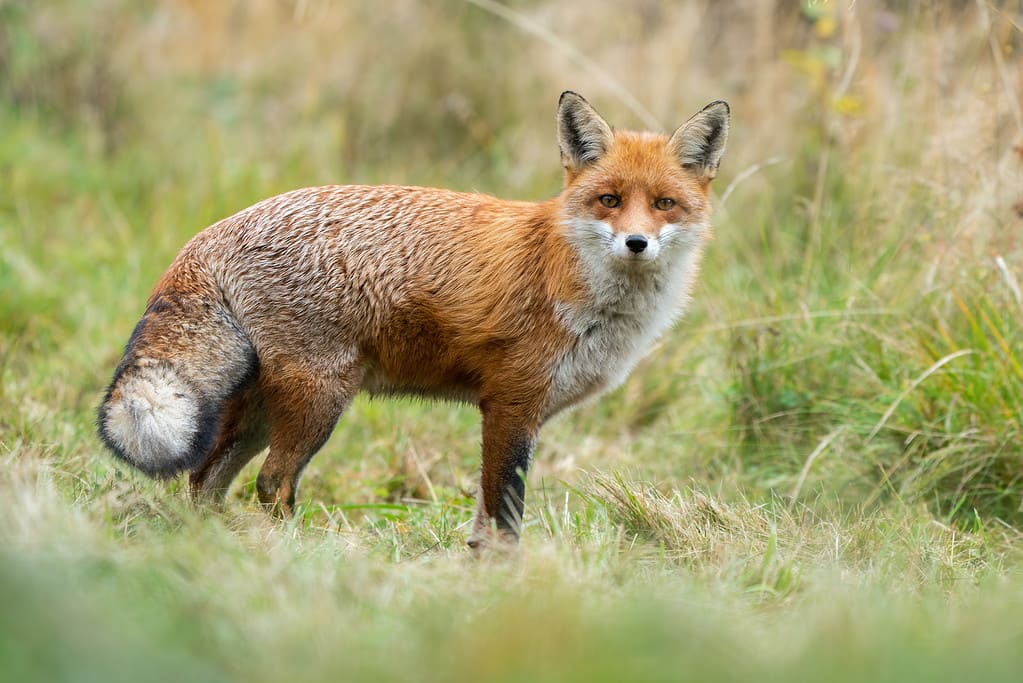You’ll have heard of the phrase ‘like a sitting duck’ – these ducks were the opposite of that! This pair of duck parents went on the offensive to scare off a hungry fox that was eyeing up their young family. As the mother duck shielded the babies with her body, the dad drove the predator away. He spread out his wings to appear larger and repeatedly lunged at the fox. Eventually, the intruder got the message and gave up!
Watch the Extraordinary Confrontation Now
©Protasov AN/Shutterstock.com
Five Fascinating Duck Facts
Ducks are not a single species of bird. Instead, it is a term used to describe a group of similar water birds. They are related to swans and geese but are usually smaller with shorter necks. Humans have domesticated some ducks for thousands of years so that we can exploit them for their eggs, feathers, and meat. Here are five fascinating duck facts!
- Ducks have amazingly waterproof feathers – their skin never gets wet, even when they dive under the water.
- Because they are omnivores, ducks can eat anything from insects through to seeds and aquatic plants.
- Ducks are often grouped into categories, including dabbling ducks, diving ducks, perching ducks, and sea ducks.
- The classic duck ‘quack’ is the sound made by a female mallard, but many ducks cannot quack at all.
- Male ducks are called drakes, and they have more colorful feathers than the females.
Which Animals Normally Prey on Ducks?

Foxes frequently target ducks and ducklings.
©JMrocek/ via Getty Images
Unfortunately, ducks have many enemies. They are a popular prey species for a number of predators, including foxes, as we see in the above clip. Coyotes, raccoons, and possums also hunt ducks. There are several predatory bird species that hunt ducks, including peregrine falcons and hawks. Things are even worse for ducklings, who are much easier to overpower. They can be preyed on by larger fish such as pike and bass. Herons, turtles, and crocodiles also target ducklings.
How Do Ducks Normally Breed?
This happy duck couple has successfully raised a family of ducklings. Now, all they have to do is protect them from the fox! Ducks usually choose a mate in December. The female builds a nest and lays her eggs. Once they are hatched, it takes just a few hours for the ducklings to leave the nest. They stay with their mother, learn how to swim, and forage for food by copying her. Hopefully, their dad will show them how to fend off hungry foxes!
The photo featured at the top of this post is © Maciej Olszewski/Shutterstock.com
Thank you for reading! Have some feedback for us? Contact the AZ Animals editorial team.






